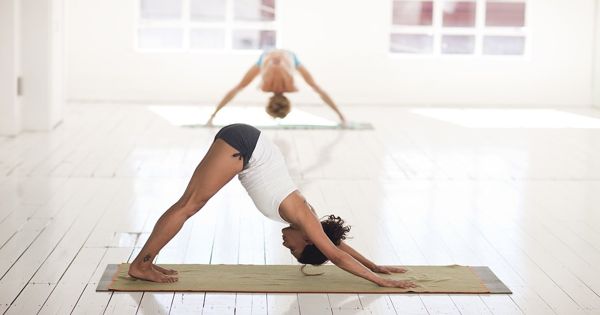Try to add some Yoga technique for enhanced migraine treatment
Adding yoga to a frequently scheduled migraine medicine could be safer than taking drugs alone, according to a new report. New research indicates that yoga may benefit people with migraine headaches that happen less frequently, do not last as long, and are less painful.
“Migraine is one of the most common headache disorders, but only about half the people taking medication for it get real relief,” said research author Rohit Bhatia, M.D., D.M., D.N.B., of the All India Institute of Medical Sciences in New Delhi, India, and a member of the American Academy of Neurology. “The good news is that practicing something as simple and accessible as yoga may help much more than medications alone. And all you need is a mat.”
The study included 114 individuals between the ages of 18 and 50 with episodic migraine. Participants experienced four to 14 headaches each month and were randomly allocated to two groups: drug-only or yoga plus treatment.
New research indicates that yoga may benefit people with migraine headaches that happen less frequently, do not last as long and are less painful. “Our results show that yoga can reduce not just the pain, but also the treatment cost of migraines,” said Bhatia.
People in the yoga community were taught a one-hour yoga session that involved breathing and calming movements and postures. People have been guided by a yoga teacher three days a week for one month. And in the next two months, they worked on their own at home for five days a week. Both participants received sufficient medicine and dietary tips that could assist with migraine, such as having enough sleep, eating healthy meals, and exercising.
Participants maintained a record of how long their headaches lasted, how serious they were, and the drugs they took. The study found that both the opioid-only group and the yoga group increased, but the gain was greater in the yoga group in all ways, including headache duration, pain severity, drug usage, and how much migraine interfered with everyday life.
For headache frequency, the yoga group started with an average of 9.1 headaches per month and ended the study reporting just 4.7 headaches per month, a 48% reduction. The medication-only group reported an average of 7.7 headaches per month at the start of the study and 6.8 at the end of the three months, a 12% decrease. The average number of pills participants in the yoga group used decreased by 47% after three months. Meanwhile, the average number of pills the medication-only group used decreased by about 12%.
“Our results show that yoga can reduce not just the pain, but also the treatment cost of migraines,” said Bhatia. “That can be a real game-changer, especially for people who struggle to afford their medication. Medications are usually prescribed first, and some can be expensive.”
One drawback of the research was that participants shared specifics about their headaches themselves, so the findings could not be consistent. Bhatia noted that the study lasted just three months and that further testing is needed to assess if the effects of yoga will last longer.















